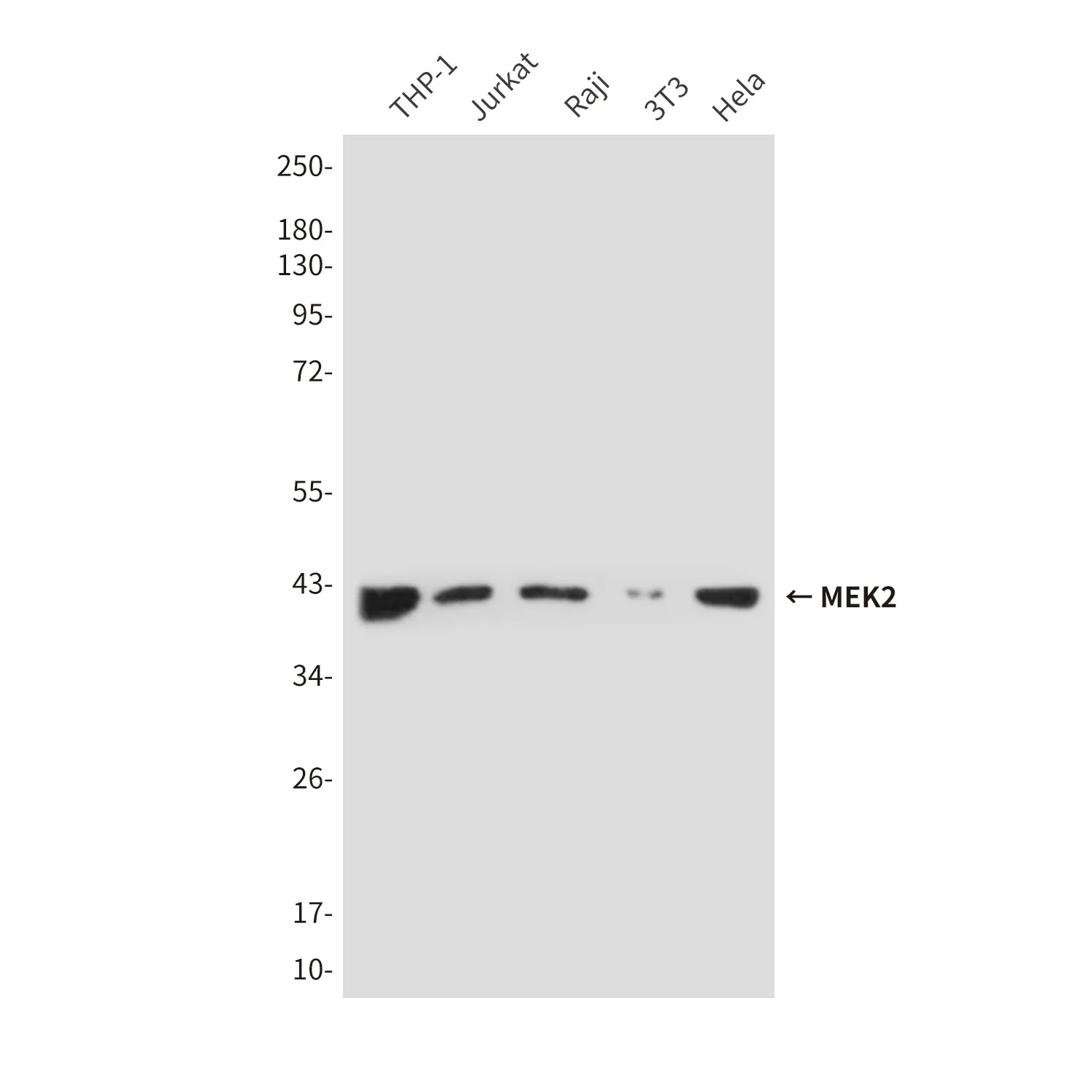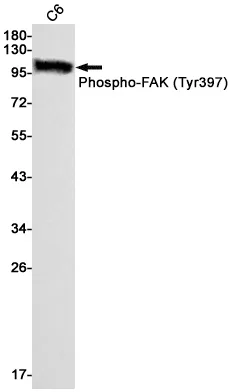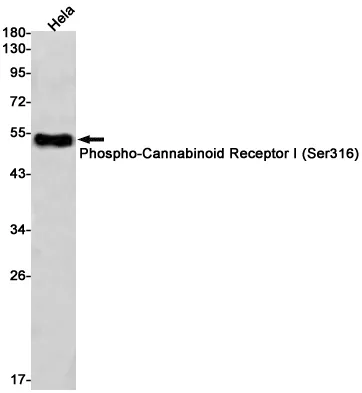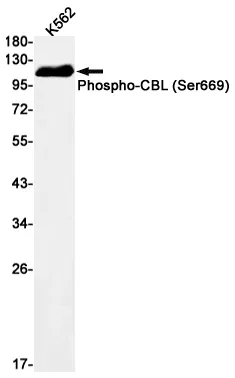Summary
Performance
Immunogen
Application
Background
Sequence-specific RNA-binding protein that regulates translation and mRNA stability by binding the 3'-UTR of mRNA targets. Its interactions and tissue specificity suggest that it may be required to support proliferation and self-renewal of stem cells by regulating the translation of key transcripts. Sequence-specific RNA-binding protein that acts as a post- transcriptional repressor by binding the 3'-UTR of mRNA targets. Binds to an RNA consensus sequence, the Pumilio Response Element (PRE), 5'- UGUANAUA-3', that is related to the Nanos Response Element (NRE) (, PubMed:21397187). Mediates post-transcriptional repression of transcripts via different mechanisms: acts via direct recruitment of the CCR4-POP2-NOT deadenylase leading to translational inhibition and mRNA degradation (PubMed:22955276). Also mediates deadenylation- independent repression by promoting accessibility of miRNAs (PubMed:18776931, PubMed:22345517). Acts as a post-transcriptional repressor of E2F3 mRNAs by binding to its 3'-UTR and facilitating miRNA regulation (PubMed:22345517). Plays a role in cytoplasmic sensing of viral infection (PubMed:25340845). Represses a program of genes necessary to maintain genomic stability such as key mitotic, DNA repair and DNA replication factors. Its ability to repress those target mRNAs is regulated by the lncRNA NORAD (non-coding RNA activated by DNA damage) which, due to its high abundance and multitude of PUMILIO binding sites, is able to sequester a significant fraction of PUM1 and PUM2 in the cytoplasm (PubMed:26724866). May regulate DCUN1D3 mRNA levels (PubMed:25349211). May support proliferation and self-renewal of stem cells. Binds specifically to miRNA MIR199A precursor, with PUM1, regulates miRNA MIR199A expression at a postranscriptional level (PubMed:28431233).
Research Area




